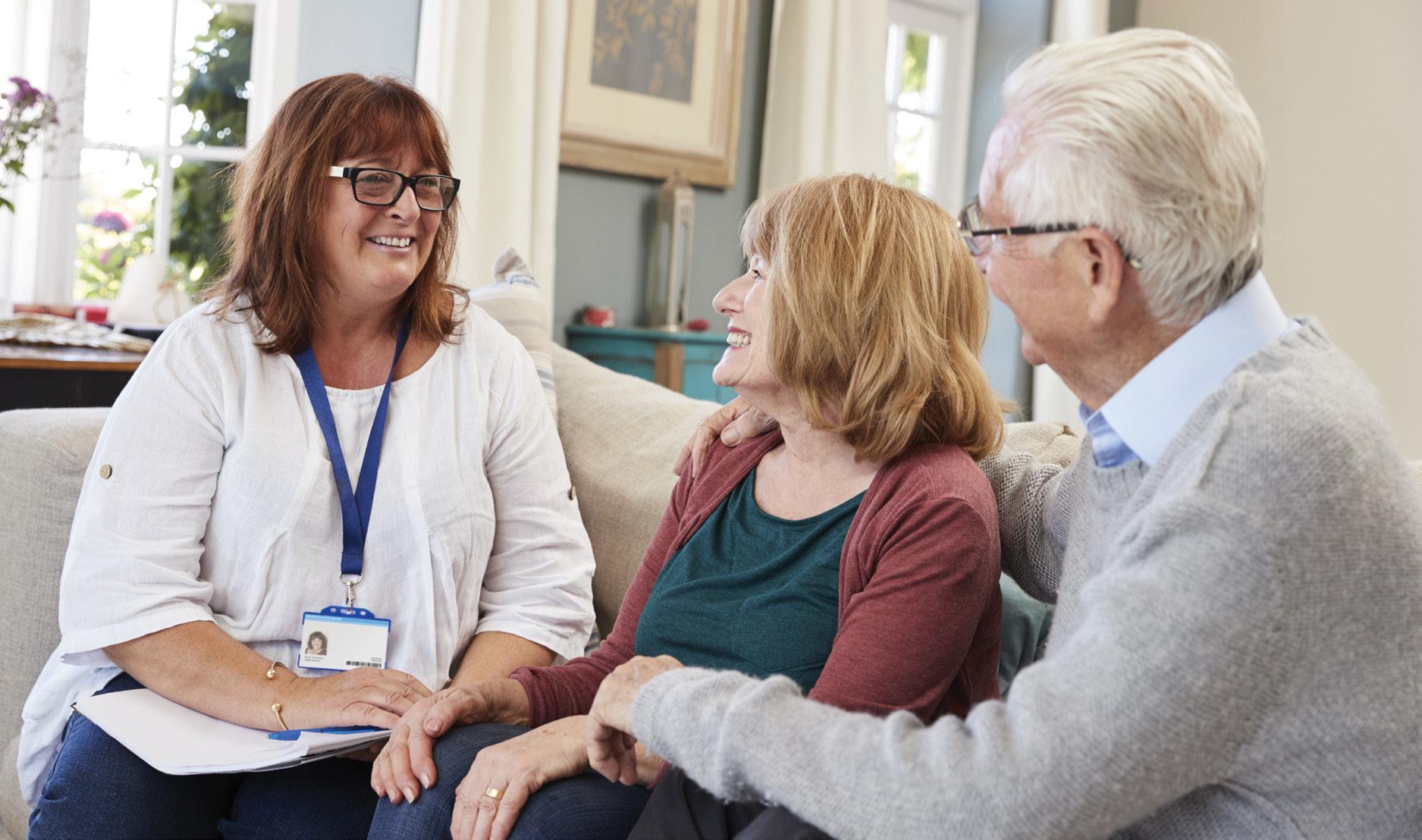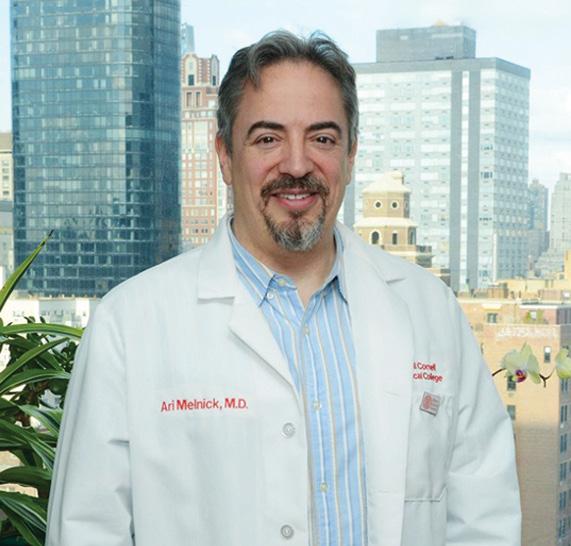[ LIVING WITH LYMPHOMA ]
THE PROMISE AND HOPE
OF FAMILY Nick Howe never expected a lymphoma diagnosis or pursuit of a family to lead him to find 10 half-siblings and participate in one of the first CAR T-cell therapy clinical trials.
At 28 years old, Nick Howe never imagined a morning cup of coffee with his mother would change his life forever. Howe, who hails from Nebraska, was explaining to his mother that starting their family had not been easy for him and his wife Rachel. “The conversation moved into a discussion of various reproductive treatments,” he says. “I told her I would rather adopt.” His mother was shocked by his dismissal. “She asked me, ‘What if I were to tell you the reason why you and your sister are here today is because of a donor?’” adds Howe. Once Howe grasped onto the reality of what his mother had said, he walked her back to her office and immediately went home to tell his wife what had happened. After a few agonizing moments, Rachel processed the news. “She told me knowing how hard my parents worked to bring me into her life made her love me even more,” says Howe. “I gave a huge sigh of relief. And honestly at that moment, everything made sense to me.” Three years later, Howe, now 31, and his wife were still struggling to start their family. Howe also began to experience a variety of severe health issues, including liver and kidney failure, and the loss of 55 pounds within the span of a couple of months. “I was in immense pain, both physical and emotional, and was anything but my jovial self,” he says.
PULSE | WINTER EDITION 2020
Nick Howe with his wife, Rachel, and their daughter, Julia
After some time in the hospital, he was finally diagnosed with diffuse large B-cell lymphoma (DLBCL) and was told to start treatment immediately. DLBCL is an aggressive, or fast-growing, type of nonHodgkin lymphoma (NHL). DLBCL affects B-lymphocytes, which are one type of white blood cell. These lymphocytes make antibodies to fight infections and are an important part of the lymphatic system. DLBCL is the most common type of NHL worldwide, accounting for 18,000 newly diagnosed cases in the United States annually. Presently, the most widely used treatment for DLBCL is the combination therapy known as R-CHOP (rituximab [Rituxan], cyclophosphamide [Cytoxan], doxorubicin [Adriamycin], vincristine [Oncovin], and prednisone). The R-CHOP regimen is usually given in 21-day cycles (once every 21 days) for an average of six cycles. However, the length and number of cycles given can vary based on the patient’s individual disease and health status. In certain cases, 14-day cycles may be used, and for limited-stage disease (stage I or II), 3-4 cycles may be used followed by radiation. Before starting his first round of R-CHOP, Howe’s doctor asked if he and his wife were planning to start a family, because this treatment could potentially result in infertility. As many young people facing a lymphoma diagnosis must do, the Howes quickly needed to make several additional medical appointments in order to secure their chances of having a family in the future. “I couldn’t have done any of this without the unconditional support of my wife, who carried us both when I was unable to stand on my own,” says Howe.





